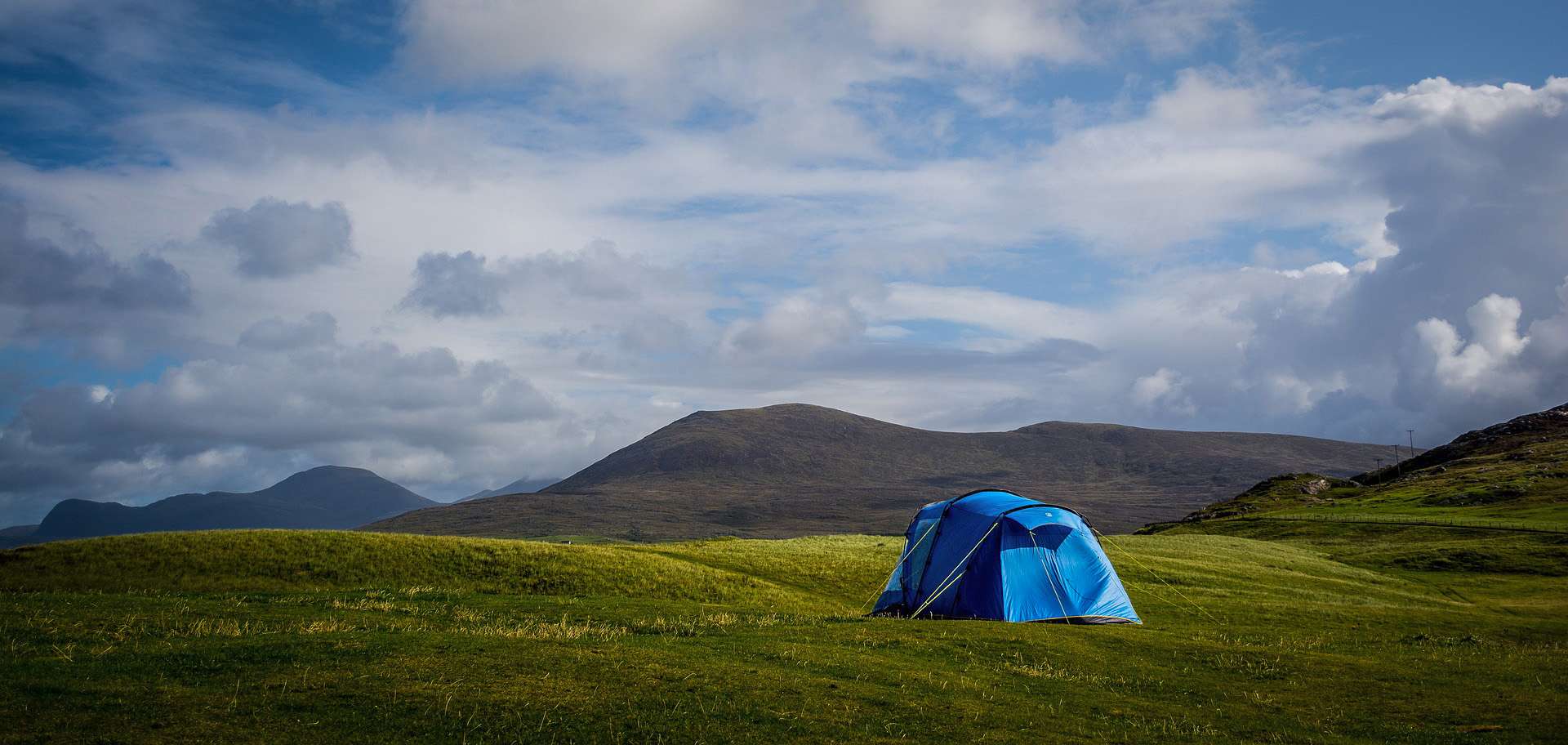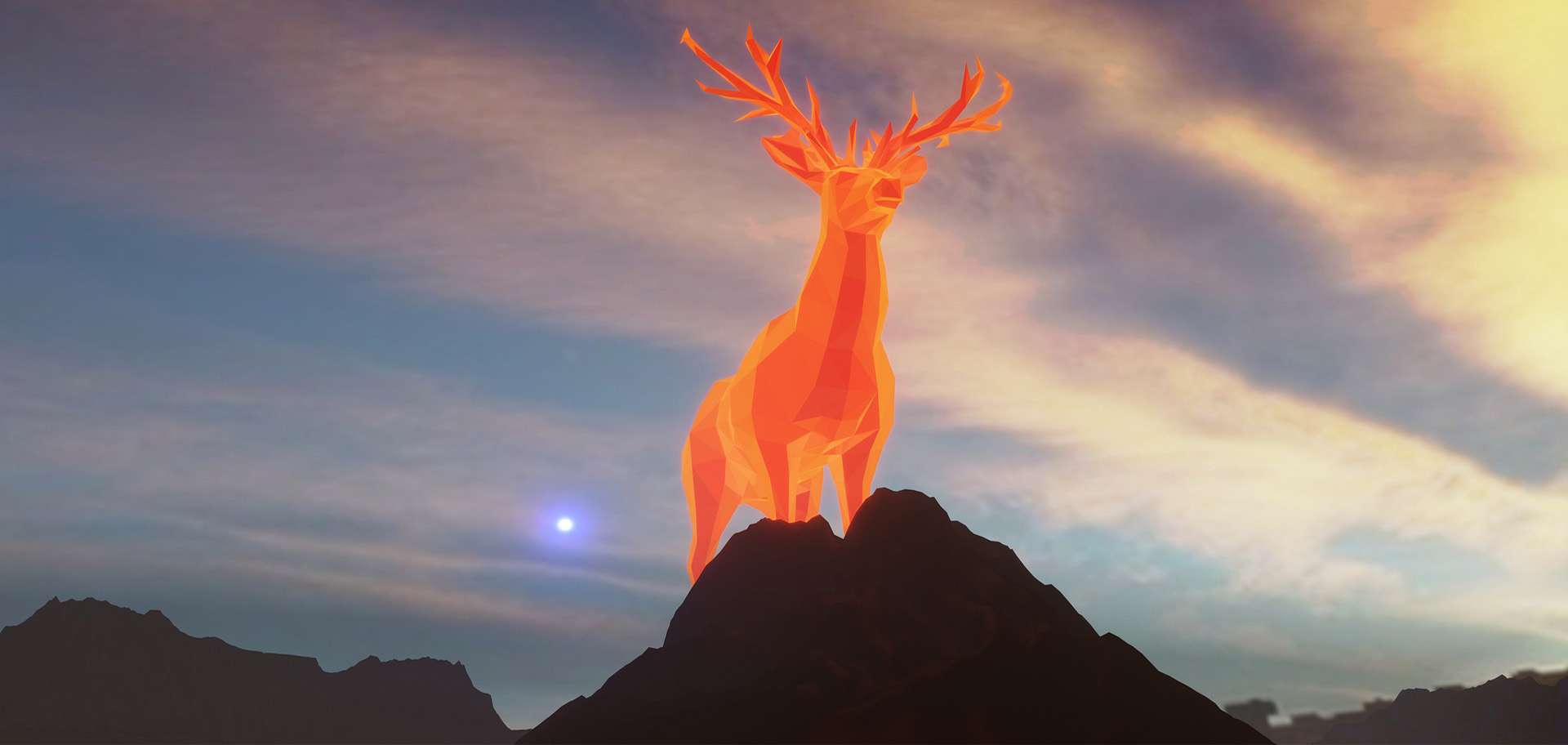Following New Year’s Day, it’s traditional to look back at the year just passed and reflect on our personal and communal accomplishments and setbacks.
Putting our collective disappointments aside for the moment, I think there are several areas where we made major strides in 2022:
• Robots are now helping us connect with nature.
• Coral reef restoration has been shown to work.
• Children can inherit your love of nature.
• New species are still being discovered.
• Clean energy and conservation programs can go hand in hand.
But one place where we could all improve is in our interactions with nature. Simply put, all of us need more of them.

On average, humans live 6.02 miles away from a natural area, which is 7 percent farther away than in the year 2000. In Germany, the average distance is 13.6 miles; and in France, it’s 9.9 miles. All other countries follow a similar pattern.
Living farther away
Despite the brief uptick during the pandemic when people turned to the outdoors for quiet respites, the idea that humans are facing a global extinction of experiences with nature has gotten some attention in popular media in the past few years. Recently, though, scientists from the German Center for Integrative Biodiversity Research (iDiv) and Leipzig University in Leipzig, Germany, have argued that there hasn’t been enough factual evidence of this reality. So, to shed more light on this deficit, the scientists measured how the average distance from an individual’s home to the nearest area with low human impact has changed in the last decade.
Their results, published in the science journal Frontiers in Ecology and the Environment on December 14, 2022, shows that humans, on average, currently live 6.02 miles away from a natural area, which is 7 percent farther away than in the year 2000. East Asia and Europe have the highest average distance to natural areas, such as 13.6 miles in Germany and 9.9 miles in France. And what is additionally striking, say the researchers, is that all other countries in the world are following a similar pattern.
Contracting tree cover
The iDiv study also shows that tree cover within cities has declined worldwide since 2000, particularly in Central Africa and Southeast Asia. That means that the opportunity for urban residents to access green spaces is diminishing, as well.

The authors of the December 2022 study say there’s been a reduction in camping experiences in the U.S.
Indeed, say the scientists, their study reveals that the destruction of natural areas combined with a strong increase in urban populations is leading to a growing spatial distance between humans and nature, especially in Asia, Africa and South America.
Cutting camping and pausing park visits
The authors of the paper just published in Frontiers in Ecology and the Environment also searched scientific journals for studies that assessed trends in nature experiences: from direct ones—such as hiking in national parks—to vicarious experiences, like engaging with natural settings in cultural products, such as books, cartoons or computer games.
The 18 studies found by the authors show, for instance, a decline in visits to nature parks in Japan and the U.S., a reduction in camping in the U.S. and a decrease in the number of flower species observed by Japanese children. They also found signs of disconnection with nature in the depletion of natural elements in novels, songs, and children’s albums and animated movies, which are less and less imbued with natural imagery.

Today, books, songs and children’s animated movies are less and less imbued with natural imagery.
Unfortunately, the number of studies (18) that the researchers found assessing these trends was very low, and they all had a strong bias toward Europe, Japan or the U.S. The authors of the paper hope that future studies will continue with this investigation, especially in Africa, Asia and Latin America.
Watching documentaries and digital interactions are on the uprise
Despite these examples of decline, other nature experiences are holding the line or even increasing. New ways of digitally interacting with nature have emerged in recent decades. For example, watching wildlife documentaries and interacting with wild animals in video games are more common than a few years ago.
Several former studies, however, show that these interactions have a lesser effect on an individual’s sense of connection with nature than direct experiences.

There is a good sign, too: interacting with wild animals in video games is more common than it was a few years ago.
Making it happen: harmony with nature
I think it’s clear that experiencing nature is crucial for developing pro-environmental behaviors and facing environmental crises, especially those associated with global climate change. We need to maintain a good connection with nature so that we enable the necessary societal transformations necessary for the 21st century.
So, at this beginning of a new year, let’s look back, but let’s also jump ahead—about 50 years. At the recent 15th Conference of the Parties (COP15) to the United Nations Convention on Biological Diversity, an international meeting bringing together governments from around the world, held in 2022 in Montreal, Canada, a new Global Biodiversity Framework was discussed for the next 27 years. Its theme is “live in harmony with nature by 2050.”
Let’s truly get started in 2023—and try to make that 2050 dream a reality.
We can do it, right?
Here’s to finding your true places and natural habitats,
Candy

